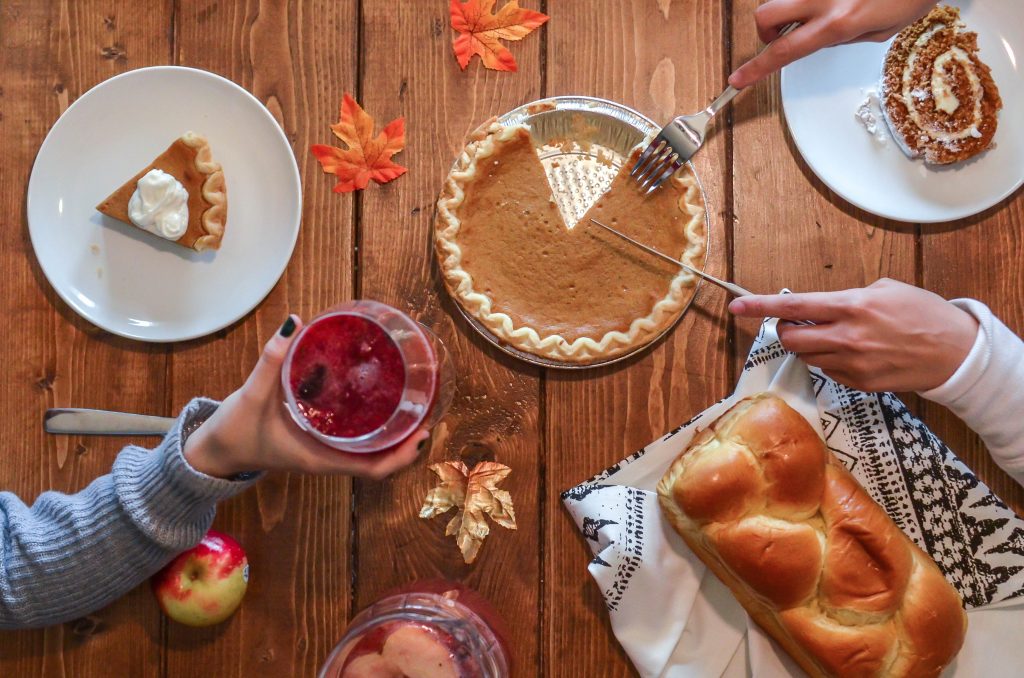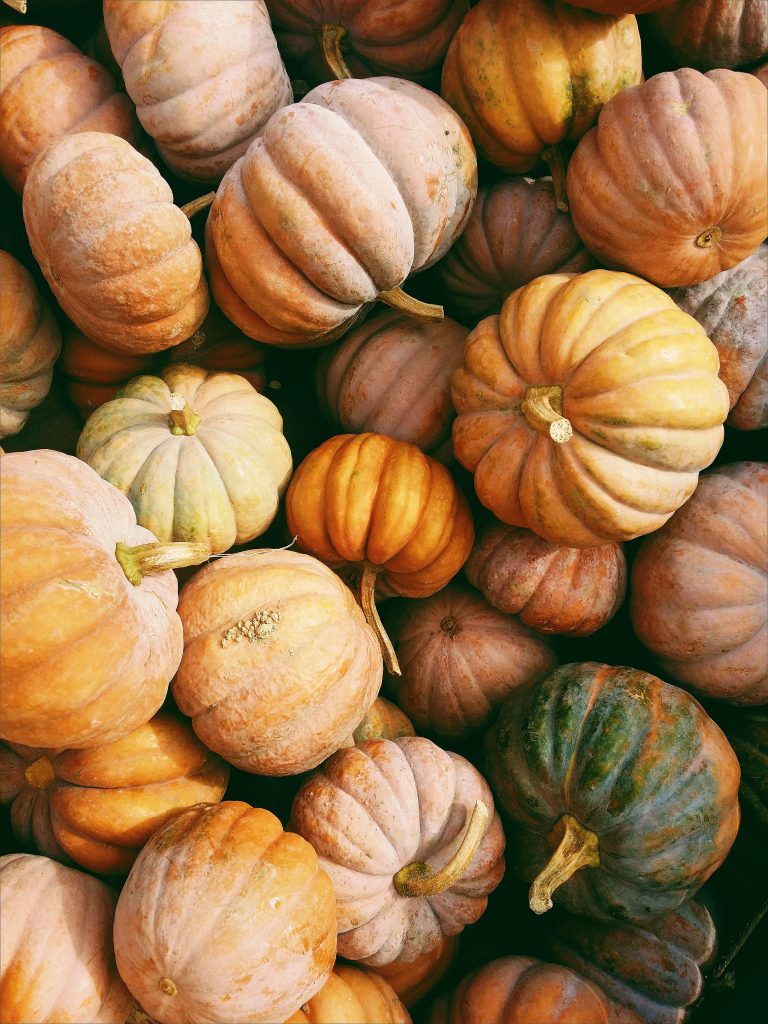

Holiday season is in full swing! We hope you’ll enjoy these fun Thanksgiving STEM activities!
walkSTEM Family Explorers
Get your family out in the crisp fall air and visit some iconic Dallas locations (while practicing STEM learning)! Our brand new event, walkSTEM Family Explorers, is all about exploring the places around you with a STEM mindset. Oh – and most of the locations are free to visit!
You can use the Family Explorers booklet providing lists of about 70 locations you can explore, links to short videos highlighting STEM connections to these locations, and space for your reactions. Click here to learn more and download the booklet.


Have fun, and spark your child’s curiosity! This is not about the “right answer” — it’s about the joy of exploring the world around you, of asking questions, and of seeing how much you can figure out together!
Holiday #STEMLens


Have you ever wondered why pies are round instead of square? Or how much longer a turkey must cook for each additional pound? Thanksgiving is an excellent time to investigate STEM questions like these with family. Turn on your STEM mindset while you are cooking or enjoying a meal this year, think of a question or observation, and snap a picture! Be sure to post and tag us with #STEMLens! Click here to learn more about how you can participate in the #STEMLens challenge!
Gobble up those Pounds!
How many cups are in a quart? Pints? What does a gallon LOOK like?
Get your kids thinking about the connections between math, science, and cooking this Thanksgiving by having them help you in the kitchen!
- Prep: Choose a family Thanksgiving recipe and write out the measurements required for your children on a large piece of paper. Use this measurement conversion guide or this one (or have your children practice using a search engine to find their own)!
- Convert: Next, ask your children to practice converting the measurements, using different units depending on the recipe. For example, if the recipe calls for 1 cup of sugar ask, “How many pints is that equal to?” or, “How many more cups would I need to make a quart of sugar?”
- Compare: As your children convert, ask them to find other examples of food items in the kitchen that have an equal volume. They might also find other comparison points. For example, have an 18lb turkey? Ask your children to weigh themselves, and then determine approximately how many 18 lb turkeys would make up one of them. These activities will strengthen their ability to conceptualize and estimate volume and weight
- Extend:
- Hosting a large group for Thanksgiving (or a smaller one?)? Assign your children a recipe and have them double it (or halve it!).
- Encourage your children to write (or draw!) their own Thanksgiving recipe based on what they learned from their Thanksgiving meal prep experience. Ask them to make realistic estimations about how much of each ingredient they will need. They might even draw their own conversion chart to accompany the recipe.


Really BIG Numbers on Thanksgiving
Get your children to think BIG on Thanksgiving with these fun STEM questions.
- There are approximately 325.7 Million People living in the United States. On Thanksgiving, according to the National Turkey Federation, approximately 88% of Americans consume Turkey on Thanksgiving. How many people is that? (Answer: About 286,616,000 people eat turkey on Thanksgiving).
- Extend: Think about how much Turkey each member of your family ate on Thanksgiving. How big was your Turkey in pounds? How many people are in your family? On average, there are about 3 people in every American family. If 286,616,000 people eat turkey every Thanksgiving, approximately how many total turkeys does it take to feed them?
- Check out this link for more interesting Thanksgiving facts.
- According to the U.S. Census Bureau, as of 2013, Minnesota is the top turkey-producing state in the U.S. Check out this interesting article for some BIG turkey production facts.
- Map it! Print out a map of the U.S. or use a globe if you have one. Identify your location/state on the map, and then have your children draw the distance from Minnesota (or another Turkey producing state if you know where yours came from) to your house. If you can identify the production location on your Turkey wrapper, calculate the number of miles it traveled from production site to your home using a web-based mapping application. You might also ask your children to estimate the total fuel costs of getting the Turkey all the way from the production facility to your home. You can learn more about the global food market and the different fuel types used here and here.
- Extend: Ask your child to brainstorm a more fuel-efficient strategy for getting Turkey and other Thanksgiving meal items to your home. They could write their plan, draw a picture, act it out together or create a presentation! If you have more than one child, promote collaboration by asking them to work as a team to design their plan.


Kids usually LOVE really big numbers, as they should! Watch these short walkSTEM® Academy videos with Really Big Number questions that your family can consider the next time you are in the Dallas Arts District (on Flora Street) or at Fair Park.
If you are not in the Dallas area, no problem! Use these as virtual field trips and then look around your neighborhood for a Really Big Number that your child can estimate. Don’t forget to share with us in the comments section or on social media. We’d love to see what you all came up with!
STEM and Seating Charts
Hosting a large group for Thanksgiving? Trying to figure out how to serve the food and ensure everyone has a comfortable seat? Save time solving your seating dilemma by putting your children to work!
Explain to your children that they will be responsible for designing your Thanksgiving seating/food chart. Tell them exactly how many people will be eating, what seating is available, what food you will be serving and what serving platters you will be using (if they are fragile, provide your children with measurements). Independently or as a team, have your children design a seating chart/food chart for your Thanksgiving meal. Guiding questions may include:
- How much space does each person need at the table or seating area to eat comfortably? How might you measure this?
- How many people can you comfortably fit in each seating area?
- How many serving platters can you fit at a table that seats 4 people? 8 people? 12 people? How do you know? Visit this site for some standard table sizes.
- How might you arrange the food so guests can easily access each dish? What is the most efficient way of organizing the food? Why?








Add comment